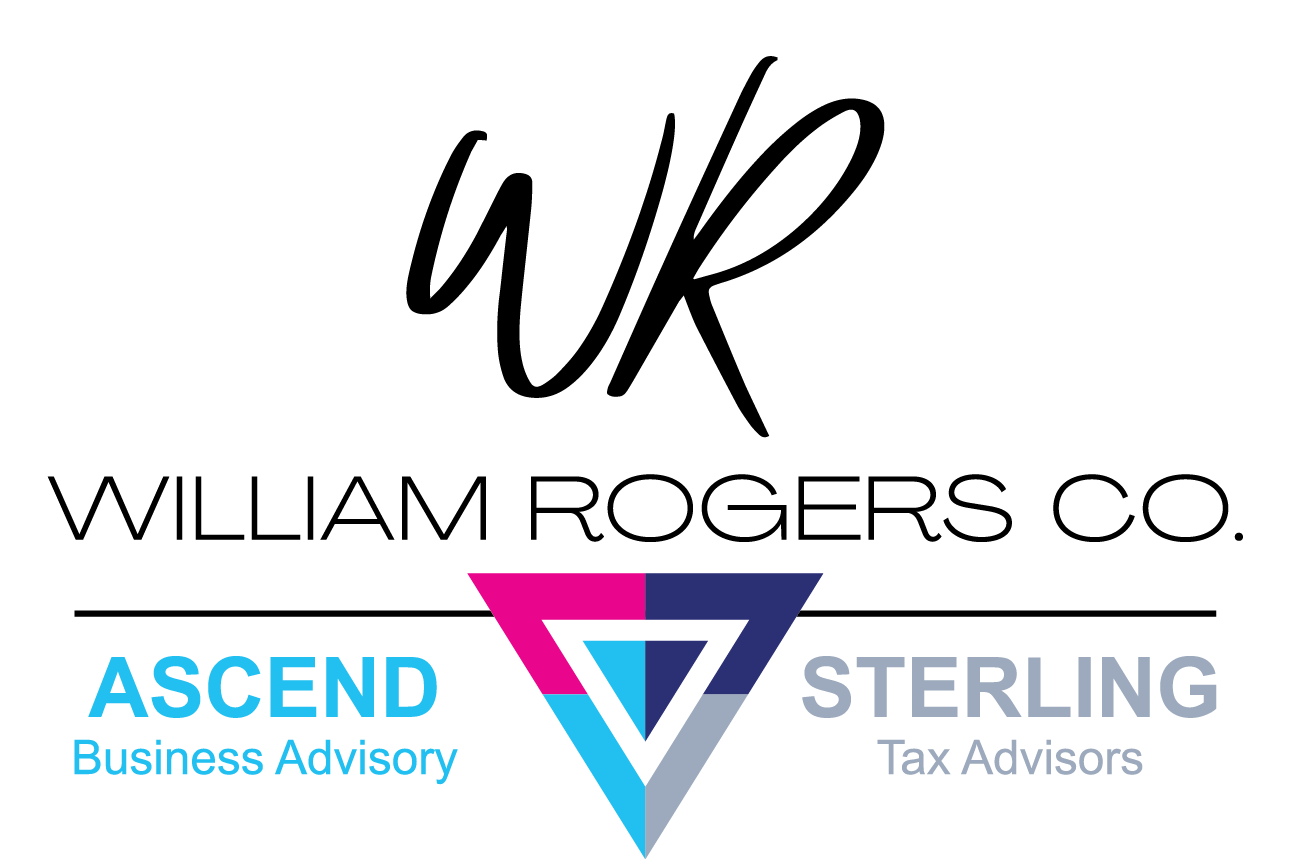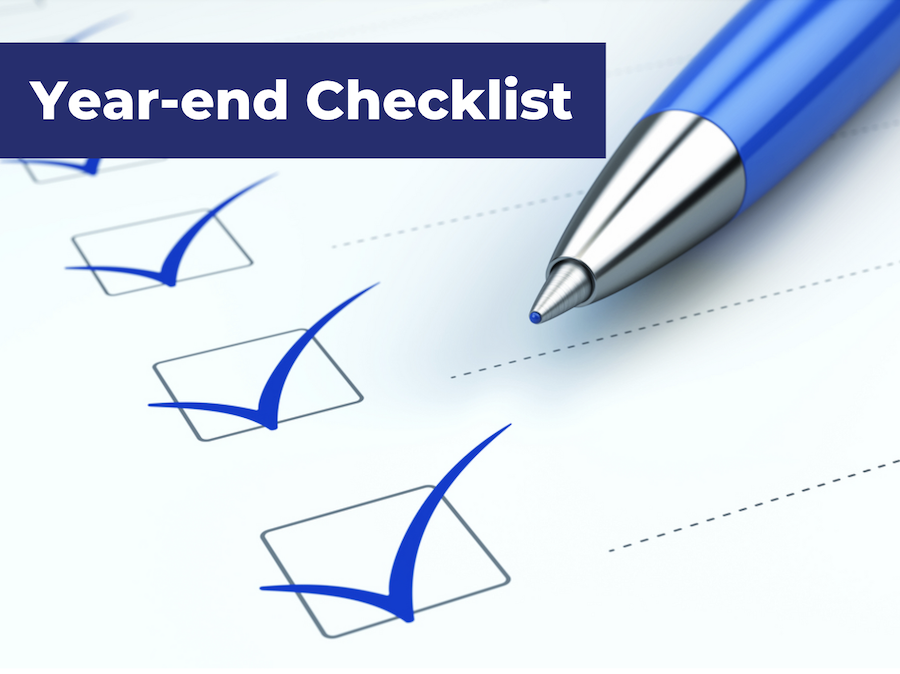Year-end has always been a hectic and sometimes chaotic time for businesses large and small. In the second year of a pandemic, we witnessed a shift in the global economy, crazy consumer demands, and a damaged supply chain. It would be easy to overlook the reviews and planning necessary to prepare for 2022. As a small business owner with limited executive staff, keeping up with the financial, tax, and strategic reporting/planning falls squarely on your shoulders. With that in mind, we have prepared a year-end checklist of essentials for strategy, taxes, and more to help you get organized.
Year-end is when you want to know where you have been and what you did to plan where you are going and what you will do. Financial information is essential to establish your company’s viability, sustainability, and capacity. Consequently, a year-end financial review is the starting point for any year-end checklist.
Your 2021 Financial Report
Turn to your accounting software and run a series of financial reports to get a solid feel for current positions and trends. Those reports should include:
- Income Statement. Sometimes referred to as the P&L, the income statement is easy to read and interpret financial reports showing your business’s profitability. Comparing year over year will probably not be that helpful as 2020 was anything but a “normal” year. However, checking month-to-month trends in income and expenses can help you decide on your direction going forward.
- Cash Flow Analysis. Knowing how much and when you have cash coming in and going out is essential. To get the best feel for money makers and money takers, run three separate reports. By understanding cash flow from operating activities, investment activities (buying and selling assets), and financial activities (loans and repayments), you can identify areas that need to be exploited or subject to greater control.
- Reconciling Accounts Payable. Running an Aged Accounts Payable report is an end-of-billing cycle activity designed to keep receivables in control. Most small businesses say that aged accounts are their principal pain point. Running a report at the end of the year allows you to identify problem clients, which in turn can uncover weaknesses in your credit checking activities.
People, Strategy and Planning Activities
If you met your goals for 2021, it’s time to recognize and reward your team. Celebrate success and provide incentives like paid time off or cash bonuses. Recognition and rewards are great morale boosters and set your team up for an exciting start to 2022.
Review your staffing level. Functions and requirements may have changed during pandemic operations. Ensure you are applying talent to the tasks they are best suited to be responsible for. Consider growth opportunities for rising talent and plot out a path for their growth. If you need to add staff, consider what effect remote workers or contract workers can have on the operation.
Finally, using your performance from last year as a baseline, get with your team and establish goals and budgets for 2022. Financial goals are important but don’t forget customer and employee goals as well. Once goals have been established, prepare a high-level plan on how to accomplish each one.
Year-end can be confusing. If you want to smooth out the planning and evaluation, give the accounting, tax, and business strategy specialists at ASCEND Business Advisory a call. Specializing in California small business operations, ASCEND can assist you in your preparations for a post-pandemic 2022. Contact us today!

